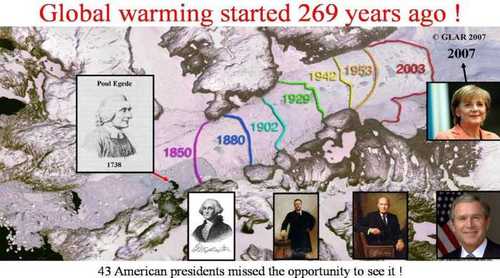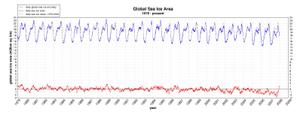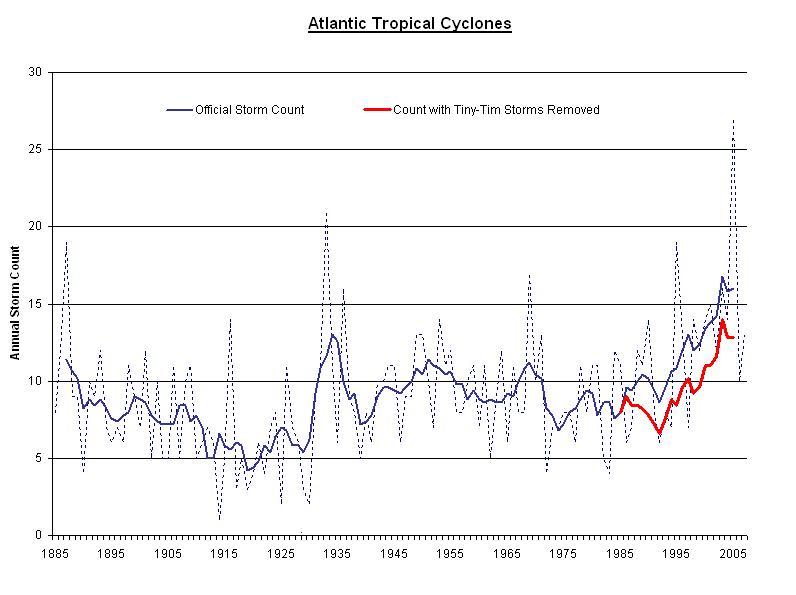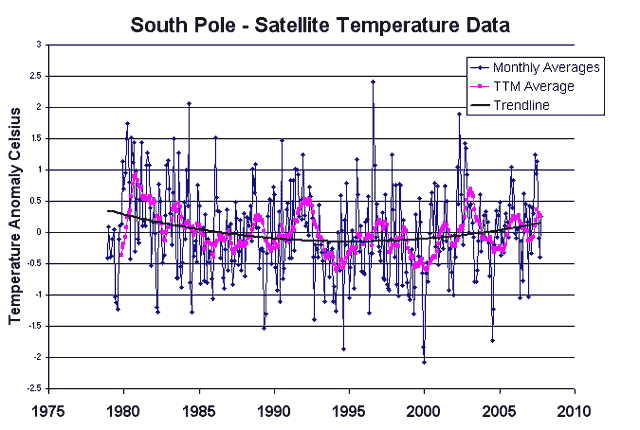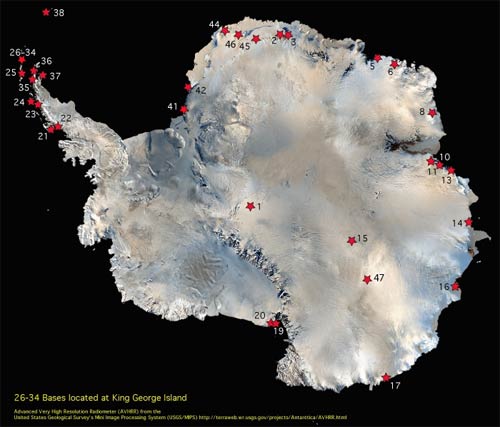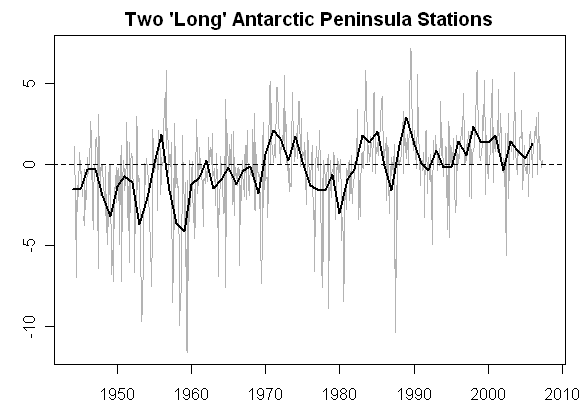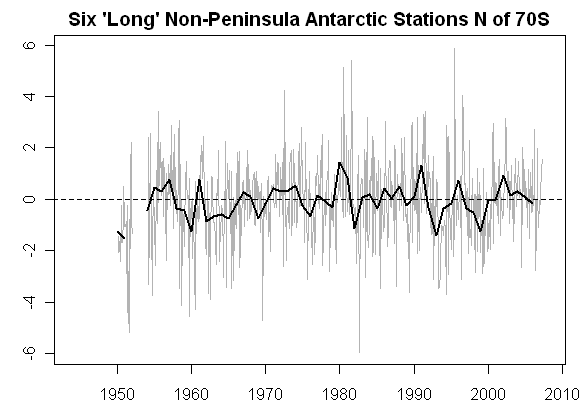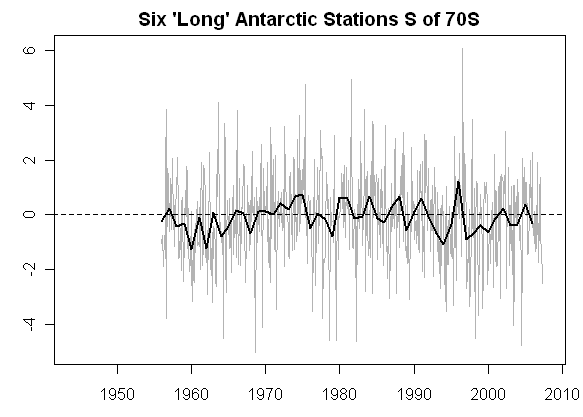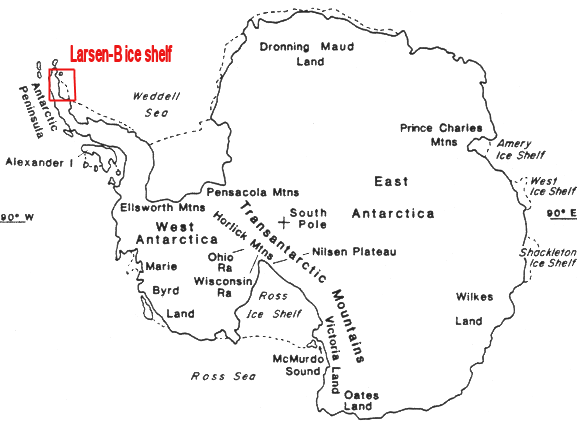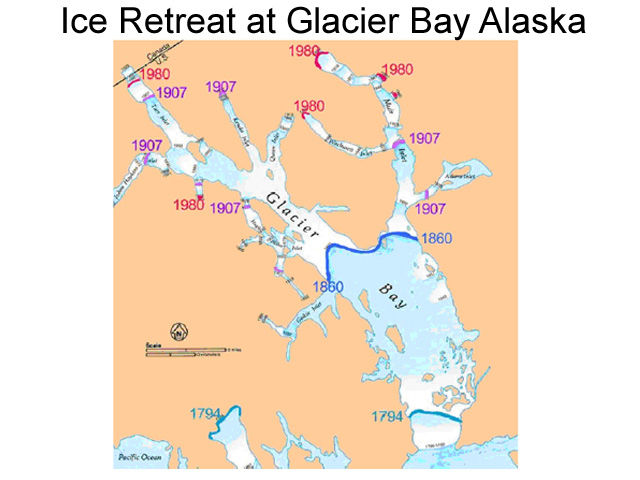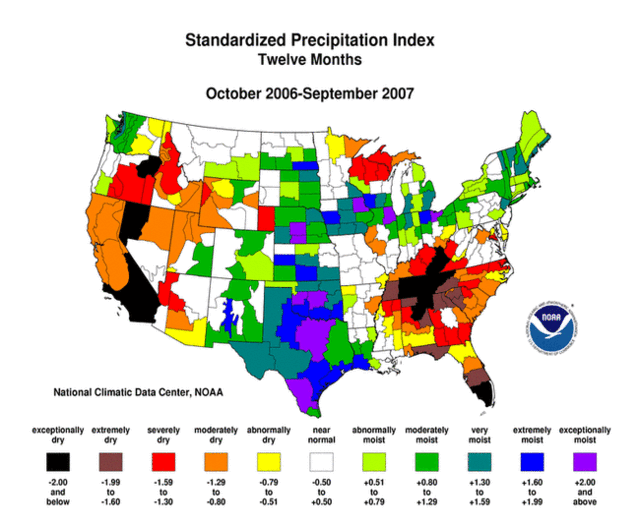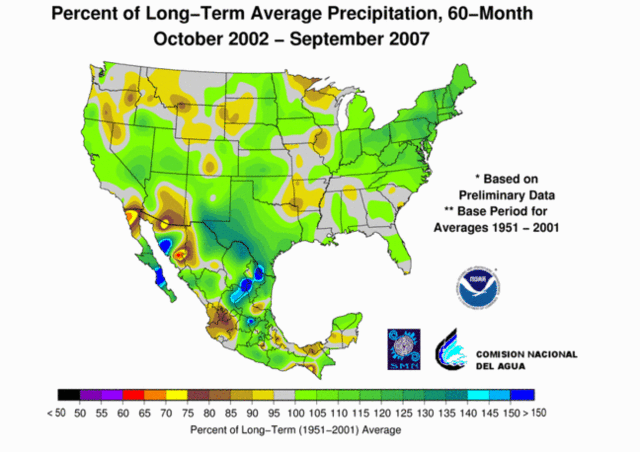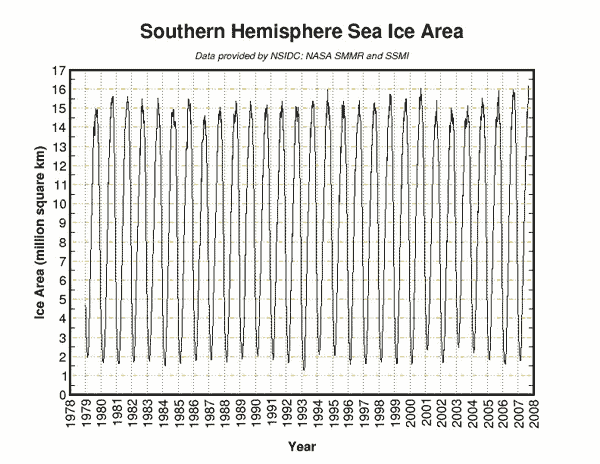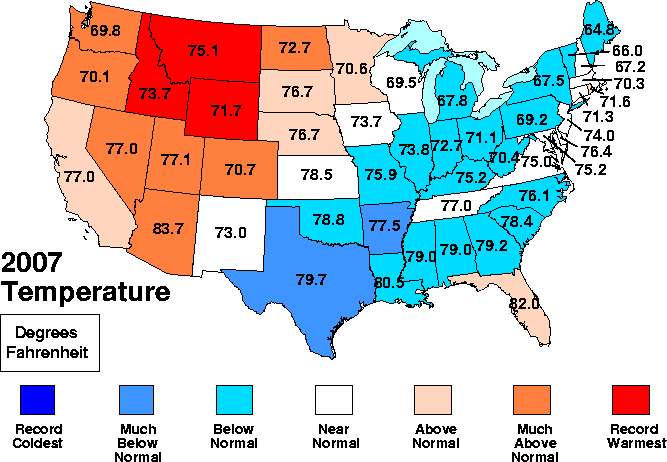Some 3,000 scientific robots that are plying the ocean have sent home a puzzling message. These diving instruments suggest that the oceans have not warmed up at all over the past four or five years. That could mean global warming has taken a breather. Or it could mean scientists aren’t quite understanding what their robots are telling them.
Of course it could also mean that the global warming theories are wrong, but far be it for NPR to jump that far based on real data. The article is fairly hilarious in that it gets quotes from people on every possible explanation for this phenomenon except that we might be misinterpreting the reason for recent atmospheric warming. In fact the only thing the quoted scientists can agree on is that this new data has nothing to say about the accuracy of global warming theories:
Trenberth and Willis agree that a few mild years have no effect on the long-term trend of global warming. But they say there are still things to learn about how our planet copes with the heat.
My prediction is that they will hand this data over to James Hansen and he will make some adjustments and homogenizations, and then they will hand it off to Michael Mann for some of his statistical magic, and suddenly the world’s oceans will have warmed a LOT over the last 5 years. Don’t laugh, it has happened before.
By the way, it is kind of funny to search for "NPR ocean temperatures" because the first result is this:
In Florida, the effects of global warming are evident several feet below the ocean’s surface. Marine scientists say warming ocean temperatures are taking a toll on North America’s only coral reef—an underwater ecosystem just off Florida’s Atlantic Coast. At a reef that stretches from Palm Beach through the Florida Keys, rising temperatures have led to an increase in what scientists call "coral bleaching."
Hmm, but the oceans were cooling during this study, apparently. In fact, it is interesting in retrospect that the authors of the coral bleaching study presented absolutely no data on ocean temperatures – it was just OK to assume the ocean was warming because everyone believed it to be. This is what happens when a consensus is declared that no one is allowed to challenge – assumptions get made without actually checking the facts.

